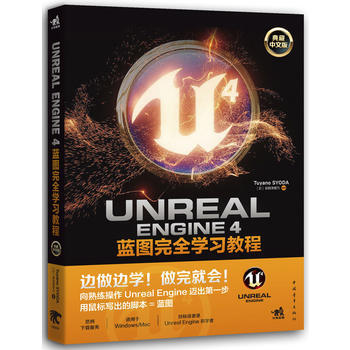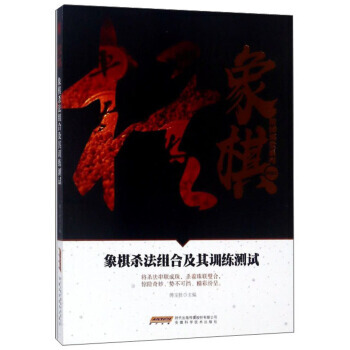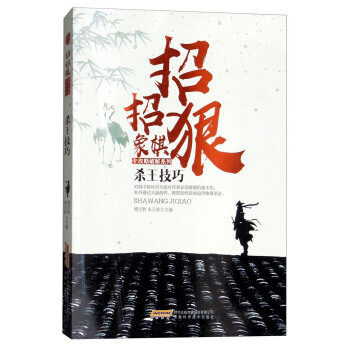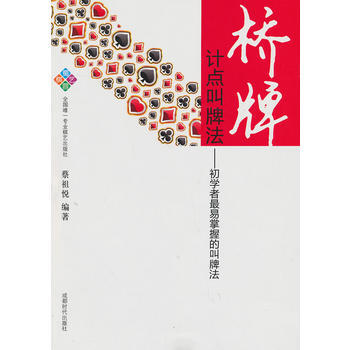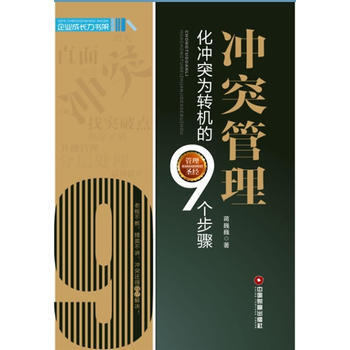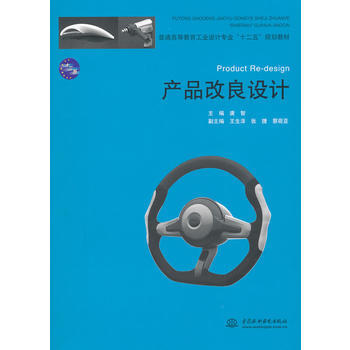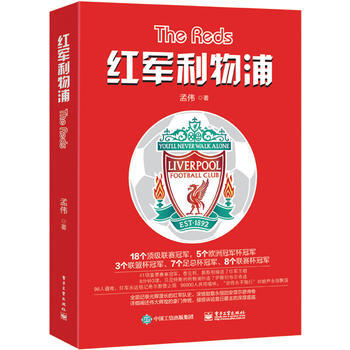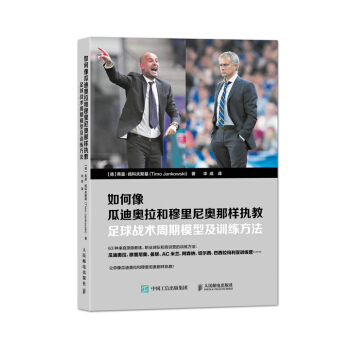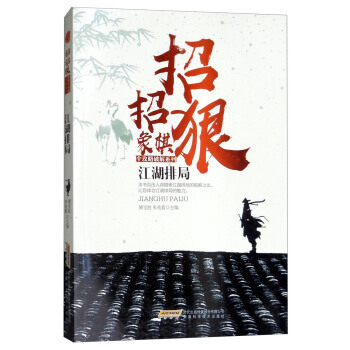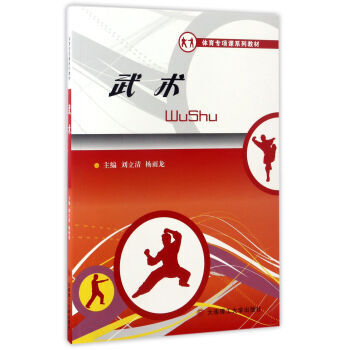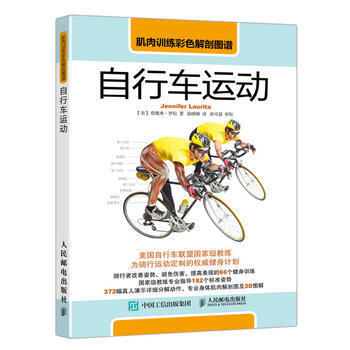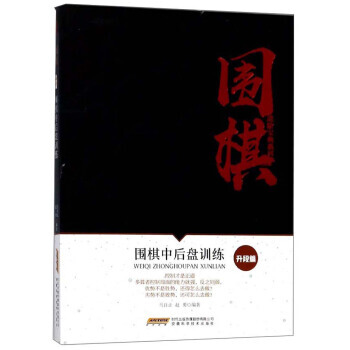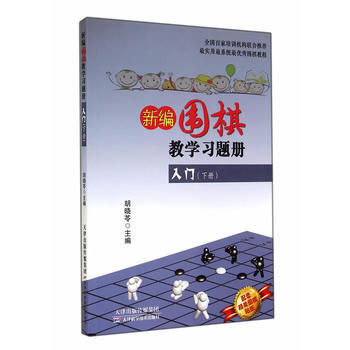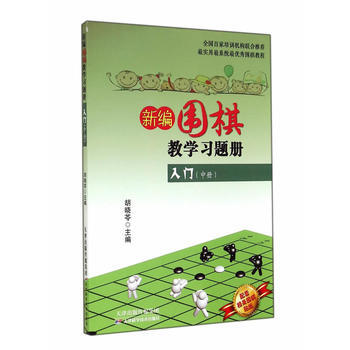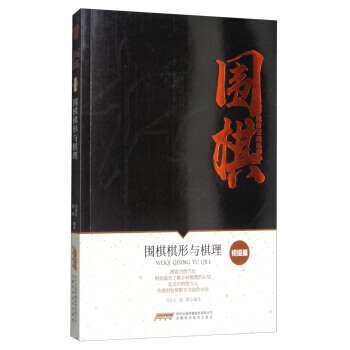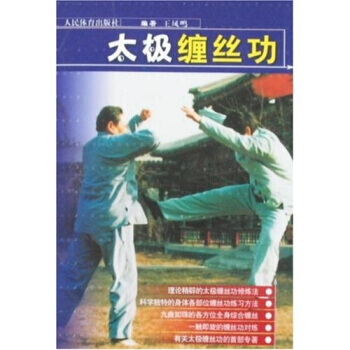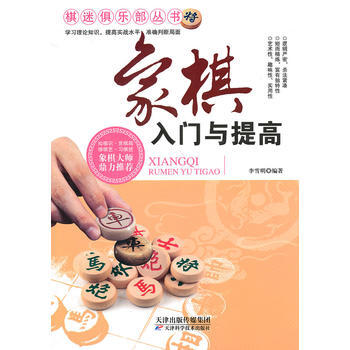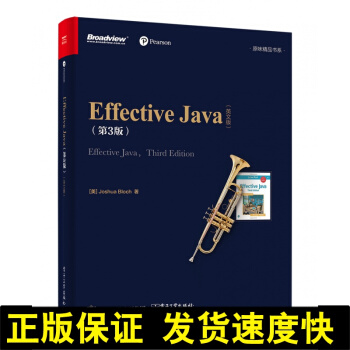
正版 Effective Java英文版 第3版 Effective Java编程教程书籍 自学Ef epub pdf mobi txt 电子书 下载 2025
正版 Effective Java英文版 第3版 Effective Java编程教程书籍 自学Ef epub pdf mobi txt 电子书 下载 2025
简体网页||繁体网页
下载链接1
下载链接2
下载链接3
发表于2025-03-13
商品介绍
正版 Effective Java英文版 第3版 Effective Java编程教程书籍 自学Ef epub pdf mobi txt 电子书 下载 2025
相关书籍
书籍描述
著 者:(美)Joshua Bloch(约书亚·布洛克)
作 译 者:Joshua Bloch(约书亚·布洛克)
出版时间:2018-06 千 字 数:506
版 次:01-01 页 数:404
开 本:16开
装 帧:
I S B N :9787121342608
换 版:
所属分类:科技 >> 计算机 >> 编程语言
纸质书定价:¥99.0
自从Java 6发布之后,Java又有了翻天覆地的变化。本书涵盖了Java 7、Java 8和Java 9中语言和库的各种新特性。让你能够深入了解Java平台的细微之处。通过对每一个项目的全面描述和解释,告诉你应该做什么、不应该做什么,以及为什么要这样做。1 Introduction . . . . . . . . . . . . . . . . . . . . . . . . . . . . . . . . . . . . . . . . . 1
2 Creating and Destroying Objects . . . . . . . . . . . . . . . . . . . . . 5
Item 1: Consider static factory methods instead of constructors . . . 5
Item 2: Consider a builder when faced with many constructor parameters . .. . . . . . . . 10
Item 3: Enforce the singleton property with a private constructor or an enum type . . . . . . . . . . . . . . . 17
Item 4: Enforce noninstantiability with a private constructor . . . . 19
Item 5: Prefer dependency injection to hardwiring resources . . . . 20
Item 6: Avoid creating unnecessary objects . . . . . . . . . . . . . . . . . 22
Item 7: Eliminate obsolete object references . . . . . . . . . . . . . . . . . 26
Item 8: Avoid finalizers and cleaners . . . . . . . . . . . . . . . . . . . . . . 29
Item 9: Prefer try-with-resources to try-finally. . . . . . . . . . . . 34
3 Methods Common to All Objects . . . . . . . . . . . . . . . . . . . . 37
Item 10: Obey the general contract when overriding equals . . . . . 37
Item 11: Always override hashCode when you override equals . . 50
Item 12: Always override toString . . . . . . . . . . . . . . . . . . . . . . . . 55
Item 13: Override clone judiciously . . . . . . . . . . . . . . . . . . . . . . . . 58
Item 14: Consider implementing Comparable . . . . . . . . . . . . . . . . 66
4 Classes and Interfaces . . . . . . . . . . . . . . . . . . . . . . . . . . . . . . . 73
Item 15: Minimize the accessibility of classes and members . . . . . 73
Item 16: In public classes, use accessor methods, not public fields 78
Item 17: Minimize mutability . . . . . . . . . . . . . . . . . . . . . . . . . . . . . 80
Item 18: Favor composition over inheritance . . . . . . . . . . . . . . . . . 87
Item 19: Design and document for inheritance or else prohibit it 93
Item 20: Prefer interfaces to abstract classes . . . . . . . . . . . . . . . . . 99
Item 21: Design interfaces for posterity . . . . . . . . . . . . . . . . . . . . 104
Item 22: Use interfaces only to define types. . . . . . . . . . . . . . . . . 107
Item 23: Prefer class hierarchies to tagged classes . . . . . . . . . . . . 109
Item 24: Favor static member classes over nonstatic . . . . . . . . . . 112
Item 25: Limit source files to a single top-level class . . . . . . . . . 115
5 Generics. . . . . . . . . . . . . . . . . . . . . . . . . . . . . . . . . . . . . . . . . . . 117
Item 26: Don’t use raw types . . . . . . . . . . . . . . . . . . . . . . . . . . . . 117
Item 27: Eliminate unchecked warnings. . . . . . . . . . . . . . . . . . . . 123
Item 28: Prefer lists to arrays . . . . . . . . . . . . . . . . . . . . . . . . . . . . 126
Item 29: Favor generic types. . . . . . . . . . . . . . . . . . . . . . . . . . . . . 130
Item 30: Favor generic methods . . . . . . . . . . . . . . . . . . . . . . . . . . 135
Item 31: Use bounded wildcards to increase API flexibility . . . . 139
Item 32: Combine generics and varargs judiciously. . . . . . . . . . . 146
Item 33: Consider typesafe heterogeneous containers . . . . . . . . . 151
6 Enums and Annotations . . . . . . . . . . . . . . . . . . . . . . . . . . . 157
Item 34: Use enums instead of int constants. . . . . . . . . . . . . . . . 157
Item 35: Use instance fields instead of ordinals . . . . . . . . . . . . . . 168
Item 36: Use EnumSet instead of bit fields . . . . . . . . . . . . . . . . . . 169
Item 37: Use EnumMap instead of ordinal indexing. . . . . . . . . . . . 171
Item 38: Emulate extensible enums with interfaces . . . . . . . . . . . 176
Item 39: Prefer annotations to naming patterns . . . . . . . . . . . . . . 180
Item 40: Consistently use the Override annotation. . . . . . . . . . . 188
Item 41: Use marker interfaces to define types . . . . . . . . . . . . . . 191
7 Lambdas and Streams . . . . . . . . . . . . . . . . . . . . . . . . . . . . . 193
Item 42: Prefer lambdas to anonymous classes . . . . . . . . . . . . . . 193
Item 43: Prefer method references to lambdas . . . . . . . . . . . . . . . 197
Item 44: Favor the use of standard functional interfaces . . . . . . . 199
Item 45: Use streams judiciously . . . . . . . . . . . . . . . . . . . . . . . . . 203
Item 46: Prefer side-effect-free functions in streams . . . . . . . . . . 210
Item 47: Prefer Collection to Stream as a return type. . . . . . . . . . 216
Item 48: Use caution when making streams parallel . . . . . . . . . . 222
8 Methods . . . . . . . . . . . . . . . . . . . . . . . . . . . . . . . . . . . . . . . . . . 227
Item 49: Check parameters for validity . . . . . . . . . . . . . . . . . . . . . 227
Item 50: Make defensive copies when needed . . . . . . . . . . . . . . . 231
Item 51: Design method signatures carefully . . . . . . . . . . . . . . . . 236
Item 52: Use overloading judiciously . . . . . . . . . . . . . . . . . . . . . . 238
Item 53: Use varargs judiciously . . . . . . . . . . . . . . . . . . . . . . . . . . 245
Item 54: Return empty collections or arrays, not nulls . . . . . . . . . 247
Item 55: Return optionals judiciously . . . . . . . . . . . . . . . . . . . . . . 249
Item 56: Write doc comments for all exposed API elements . . . . 254
9 General Programming . . . . . . . . . . . . . . . . . . . . . . . . . . . . 261
Item 57: Minimize the scope of local variables . . . . . . . . . . . . . . . 261
Item 58: Prefer for-each loops to traditional for loops . . . . . . . . . 264
Item 59: Know and use the libraries . . . . . . . . . . . . . . . . . . . . . . . 267
Item 60: Avoid float and double if exact answers are required . 270
Item 61: Prefer primitive types to boxed primitives . . . . . . . . . . . 273
Item 62: Avoid strings where other types are more appropriate . . 276
Item 63: Beware the performance of string concatenation . . . . . . 279
Item 64: Refer to objects by their interfaces . . . . . . . . . . . . . . . . . 280
Item 65: Prefer interfaces to reflection . . . . . . . . . . . . . . . . . . . . . 282
Item 66: Use native methods judiciously. . . . . . . . . . . . . . . . . . . . 285
Item 67: Optimize judiciously . . . . . . . . . . . . . . . . . . . . . . . . . . . . 286
Item 68: Adhere to generally accepted naming conventions . . . . . 289
10 Exceptions . . . . . . . . . . . . . . . . . . . . . . . . . . . . . . . . . . . . . . . . 293
Item 69: Use exceptions only for exceptional conditions . . . . . . . 293
Item 70: Use checked exceptions for recoverable conditions and runtime exceptions for programming errors . . 296
Item 71: Avoid unnecessary use of checked exceptions . . . . . . . . 298
Item 72: Favor the use of standard exceptions. . . . . . . . . . . . . . . . 300
Item 73: Throw exceptions appropriate to the abstraction. . . . . . . 302
Item 74: Document all exceptions thrown by each method. . . . . . 304
Item 75: Include failure-capture information in detail messages. . 306
Item 76: Strive for failure atomicity . . . . . . . . . . . . . . . . . . . . . . . 308
Item 77: Don’t ignore exceptions . . . . . . . . . . . . . . . . . . . . . . . . . 310
11 Concurrency . . . . . . . . . . . . . . . . . . . . . . . . . . . . . . . . . . . . . . 311
Item 78: Synchronize access to shared mutable data . . . . . . . . . . 311
Item 79: Avoid excessive synchronization . . . . . . . . . . . . . . . . . . 317
Item 80: Prefer executors, tasks, and streams to threads . . . . . . . 323
Item 81: Prefer concurrency utilities to wait and notify . . . . . . 325
Item 82: Document thread safety . . . . . . . . . . . . . . . . . . . . . . . . . 330
Item 83: Use lazy initialization judiciously . . . . . . . . . . . . . . . . . 333
Item 84: Don’t depend on the thread scheduler . . . . . . . . . . . . . . 336
12 Serialization . . . . . . . . . . . . . . . . . . . . . . . . . . . . . . . . . . . . . . . 339
Item 85: Prefer alternatives to Java serialization . . . . . . . . . . . . . 339
Item 86: Im
正版 Effective Java英文版 第3版 Effective Java编程教程书籍 自学Ef epub pdf mobi txt 电子书 下载 2025
正版 Effective Java英文版 第3版 Effective Java编程教程书籍 自学Ef 下载 epub mobi pdf txt 电子书 2025正版 Effective Java英文版 第3版 Effective Java编程教程书籍 自学Ef pdf 下载 mobi 下载 pub 下载 txt 电子书 下载 2025
正版 Effective Java英文版 第3版 Effective Java编程教程书籍 自学Ef mobi pdf epub txt 电子书 下载 2025
正版 Effective Java英文版 第3版 Effective Java编程教程书籍 自学Ef epub pdf mobi txt 电子书 下载读者评价
评分
评分
评分
评分
评分
评分
评分
评分
正版 Effective Java英文版 第3版 Effective Java编程教程书籍 自学Ef epub pdf mobi txt 电子书 下载 2025
正版 Effective Java英文版 第3版 Effective Java编程教程书籍 自学Ef epub pdf mobi txt 电子书 下载 2025
分享链接
相关书籍
-
 Unreal Engine 4蓝图完全学习教程(典藏中文版) 9787515345505 epub pdf mobi txt 电子书 下载
Unreal Engine 4蓝图完全学习教程(典藏中文版) 9787515345505 epub pdf mobi txt 电子书 下载 -
 象棋杀法组合及其训练测试 9787533772406 epub pdf mobi txt 电子书 下载
象棋杀法组合及其训练测试 9787533772406 epub pdf mobi txt 电子书 下载 -
 杀王技巧 9787533772161 epub pdf mobi txt 电子书 下载
杀王技巧 9787533772161 epub pdf mobi txt 电子书 下载 -
 BF-桥牌计点叫牌法-初学者易掌握的叫牌法-蔡祖悦著 成都时代出版社 9787546408 epub pdf mobi txt 电子书 下载
BF-桥牌计点叫牌法-初学者易掌握的叫牌法-蔡祖悦著 成都时代出版社 9787546408 epub pdf mobi txt 电子书 下载 -
 冲突管理:化冲突为转机的9个步骤 9787504744234 epub pdf mobi txt 电子书 下载
冲突管理:化冲突为转机的9个步骤 9787504744234 epub pdf mobi txt 电子书 下载 -
 产品改良设计 9787517001409 epub pdf mobi txt 电子书 下载
产品改良设计 9787517001409 epub pdf mobi txt 电子书 下载 -
 红军利物浦 9787121278167 孟伟-RT epub pdf mobi txt 电子书 下载
红军利物浦 9787121278167 孟伟-RT epub pdf mobi txt 电子书 下载 -
 如何像瓜迪奥拉和穆里尼奥那样执教:足球战术周期模型及训练方法 体育/运动 书籍 epub pdf mobi txt 电子书 下载
如何像瓜迪奥拉和穆里尼奥那样执教:足球战术周期模型及训练方法 体育/运动 书籍 epub pdf mobi txt 电子书 下载 -
 江湖排局 9787533772147 epub pdf mobi txt 电子书 下载
江湖排局 9787533772147 epub pdf mobi txt 电子书 下载 -
 武术/体育专项课系列教材 9787568505888 刘立清,杨雨龙-RT epub pdf mobi txt 电子书 下载
武术/体育专项课系列教材 9787568505888 刘立清,杨雨龙-RT epub pdf mobi txt 电子书 下载 -
 BF-自行车运动-肌肉训练彩色解剖图谱-【美】 詹妮弗·罗拉(Jennifer Lauri epub pdf mobi txt 电子书 下载
BF-自行车运动-肌肉训练彩色解剖图谱-【美】 詹妮弗·罗拉(Jennifer Lauri epub pdf mobi txt 电子书 下载 -
 Minecraft我的创意指南:奇异之城:Block city 体育/运动 书籍 epub pdf mobi txt 电子书 下载
Minecraft我的创意指南:奇异之城:Block city 体育/运动 书籍 epub pdf mobi txt 电子书 下载 -
 围棋中后盘训练 9787533772635 epub pdf mobi txt 电子书 下载
围棋中后盘训练 9787533772635 epub pdf mobi txt 电子书 下载 -
 山地车圣经:骑行技术手册 体育/运动 书籍 epub pdf mobi txt 电子书 下载
山地车圣经:骑行技术手册 体育/运动 书籍 epub pdf mobi txt 电子书 下载 -
 夏季奥运会项目竞技实力格局的演变特征及影响因素研究 9787307175921 epub pdf mobi txt 电子书 下载
夏季奥运会项目竞技实力格局的演变特征及影响因素研究 9787307175921 epub pdf mobi txt 电子书 下载 -
 BF-入门(下册)-新编围棋教学习题册-胡晓苓 天津科学技术出版社 97875308914 epub pdf mobi txt 电子书 下载
BF-入门(下册)-新编围棋教学习题册-胡晓苓 天津科学技术出版社 97875308914 epub pdf mobi txt 电子书 下载 -
 BF-入门(中册)-新编围棋教学习题册-胡晓苓 天津科学技术出版社 97875308914 epub pdf mobi txt 电子书 下载
BF-入门(中册)-新编围棋教学习题册-胡晓苓 天津科学技术出版社 97875308914 epub pdf mobi txt 电子书 下载 -
 围棋棋形与棋理 9787533771980 epub pdf mobi txt 电子书 下载
围棋棋形与棋理 9787533771980 epub pdf mobi txt 电子书 下载 -
 BF-太极缠丝功-王凤鸣 人民体育出版社 9787500933731 epub pdf mobi txt 电子书 下载
BF-太极缠丝功-王凤鸣 人民体育出版社 9787500933731 epub pdf mobi txt 电子书 下载 -
 BF-象棋入门与提高-李雪明 天津科学技术出版社 9787530886670 epub pdf mobi txt 电子书 下载
BF-象棋入门与提高-李雪明 天津科学技术出版社 9787530886670 epub pdf mobi txt 电子书 下载



